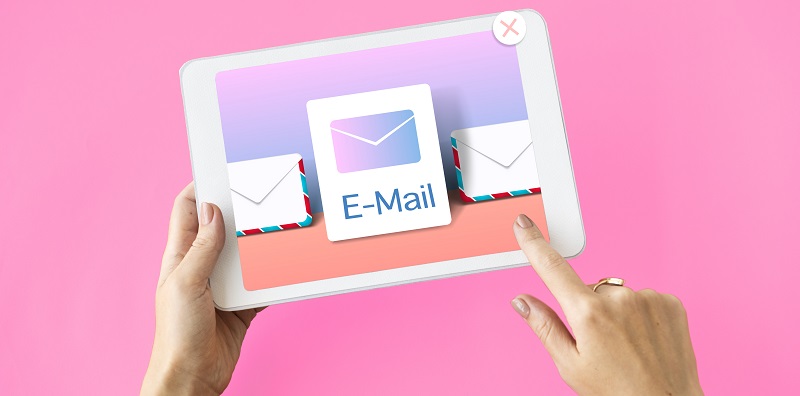In the dynamic field of digital marketing, implementing a successful omnichannel strategy has become increasingly important. This strategy aims to provide consistent and connected customer experiences across multiple channels. At the heart of this ecosystem of channels lies email marketing, a tool that has stood the test of time and continues to play an essential role. Let’s explore the goal of omnichannel marketing, the power of email marketing within this strategy, integrating email with other channels, connecting with the target demographic, leveraging email marketing data, and ultimately streamlining the customer experience.
The Goal of Omnichannel Marketing
To ensure consistent and connected customer experiences, the omnichannel strategy focuses on providing a streamlined customer journey across various touchpoints. Customers today interact with brands through a multitude of channels, including websites, social media, physical stores, mobile apps, and more. The goal of an omnichannel approach is to create a unified experience that seamlessly transitions between channels, offering customers convenience, personalization, and continuity in their interactions.
The Power of Email Marketing in an Omnichannel Strategy
Email marketing acts as the linchpin that holds together an omnichannel strategy, ensuring consistency and cohesion in messaging. By utilizing email, brands can deliver personalized and relevant communication, keeping customers engaged and informed. This direct and targeted form of communication helps create a bond between the brand and the customer, fostering long-term relationships.
Integration of Email Marketing with Other Channels
Email marketing can be easily integrated with other channels, reinforcing the brand message and driving engagement. By utilizing consistent design, messaging, and branding across all channels, email can amplify the impact of other marketing efforts. For example, emails can direct users to social media platforms or websites, encouraging further interaction and increasing the chances of conversion.
Connecting with the Target Demographic on Multiple Platforms
Implementing an all-encompassing omnichannel strategy is necessary to connect with customers on different platforms. By reaching out to the target demographic through various channels, brands can maximize their reach and engagement. This multichannel approach ensures that customers have numerous touchpoints with the brand, increasing their overall brand experience and loyalty.
Strengthening Omnichannel Efforts with Email Marketing Data
Email marketing campaigns provide valuable information and data that can strengthen the omnichannel strategy. Through email analytics, brands can gain insights into customer behaviors, preferences, and purchasing patterns. This data can be used to tailor marketing efforts across other channels, ensuring that each touchpoint is optimized to meet customers’ needs and preferences.
Streamlining the Customer Experience with an Omnichannel Strategy
The ultimate goal of an omnichannel strategy is to streamline the customer experience across all touchpoints. By providing a cohesive and consistent journey, brands can enhance customer satisfaction and increase their chances of conversion and repeat business. The seamless transition from email to other channels and back ensures that customers feel valued and catered to throughout their interactions with the brand.
Email marketing serves as a cornerstone of an effective omnichannel strategy, unifying interactions with customers across channels into a cohesive whole. By maintaining consistency, delivering personalized communication, integrating with other channels, reaching the target demographic, leveraging data, and streamlining the customer experience, brands can significantly enhance engagement, strengthen relationships, and achieve impressive outcomes. Embracing email marketing as part of an omnichannel approach is essential to thrive in today’s digital marketing landscape.

